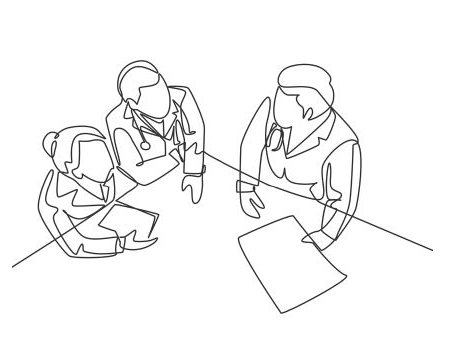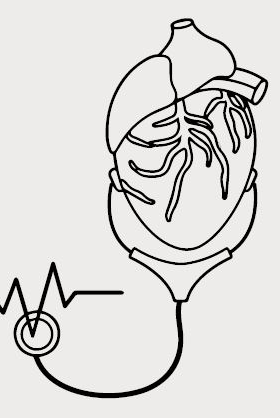CV Teams Say They Ready to Defeat 'the Beast'
 Based on past pandemics, health officials are expecting another wave of COVID-19—most likely during the flu season, which would add to the strain that hospitals and medical facilities typically experience in fall and winter, according to Lisa Lockerd Maragakis, MD, MPH, senior director of infection prevention and associate professor of medicine at The Johns Hopkins Health System.
Based on past pandemics, health officials are expecting another wave of COVID-19—most likely during the flu season, which would add to the strain that hospitals and medical facilities typically experience in fall and winter, according to Lisa Lockerd Maragakis, MD, MPH, senior director of infection prevention and associate professor of medicine at The Johns Hopkins Health System.
CVB asked cardiology leaders if their teams are ready for a COVID19 resurgence and what they’re doing now to prepare.
Get ahead of patients’ fears & doubts
At NorthShore University Health System in Evanston, Ill., it’s a rare day when the lessons from the pandemic aren’t discussed in meetings, says John Erwin III, MD, cardiologist and head of internal medicine at NorthShore and professor of medicine at the University of Chicago’s Pritzker School of Medicine.
 For starters, he says, it’s crucial to ensure that heart patients understand when they should come to the hospital.
For starters, he says, it’s crucial to ensure that heart patients understand when they should come to the hospital.
“Patients waited longer—sometimes too long—to go the hospital when they were having chest pains,” says Richard Kaplon, MD, MHCM, heart surgeon and chief wellness officer at Mercy Medical Group and head of cardiology and cardiovascular surgery at Mercy General Hospital, Dignity Health, in Sacramento.
Healthcare teams need to be using all of their communications tools, including apps, conversations with clinicians and marketing efforts, to connect with patients now.
Create virtual visiting for patients’ families
Mention virtual visits and most healthcare workers think telehealth services. Erwin has another idea: adapt the virtual approach to allow families to visit their loved ones who are hospitalized.
Due to safety precautions, family members often can’t be at the bedsides of patients who have suffered heart attack or stroke, for example. That’s hard on the patients, families and even providers, Erwin says. “This patient isolation has made serious illnesses more difficult to care for,” he notes.
Know ‘the beast’
Sources told CVB their teams are ready for a second wave. Among other things, they have more experience with telehealth and have increased their communications, notes Carolyn Rosner, MSN, NP-C, clinical manager of Innovative Programs at INOVA Heart and Vascular Institute. If there is a next time, she hopes it won’t be necessary to discontinue elec tive and non-urgent procedures.
Today’s teams are “as prepared for the second wave as we can be,” Kaplon agrees. “Before, the worst part was the fear of the unknown, but now we know this beast pretty well.”